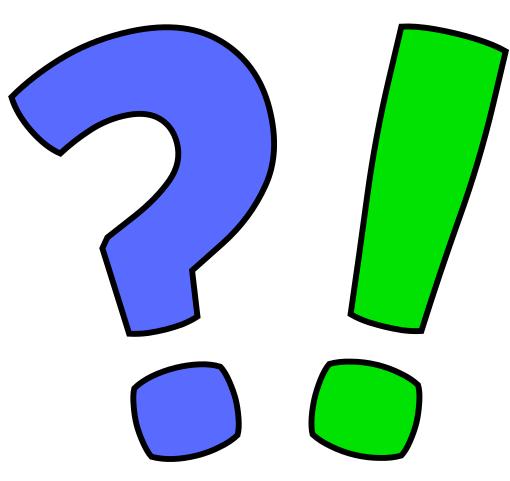So Close, and Yet — So Far
“It doesn’t matter how beautiful your theory is,
it doesn’t matter how smart you are.
If it doesn’t agree with experiment, it’s wrong.”
~ Richard Feynman
We’ve Got This… Or Do We?
By the close of the 1700s it looked like we had our understanding of the physical world pretty well set. All it needed was a little tidying up.
In the 1800s it all started to unravel.
The theories that came out of the scientific revolution from folks like Galileo, Copernicus, Newton, et al matched how the real world works. Pretty well. So well, in fact, that there was a sort of feedback loop. Given these new understandings, new and more accurate experiments were possible.
Some of the new experiments in the 1800s began to show the flaws in the Newtonian worldview. Experiments dug into phenomena that revealed aspects of our universe that were acting outside of the old worldview. Or even contradicted it.
This chapter has no do-this-at-home activity. No links. This (very short) chapter is here to set you up for the revelations that eventually required scientists to create the special and general theories of relativity.
This little chapter is just to give you fair warning. Like in the original Matrix movie when Morpheus says “This will feel a little weird.”
The following chapter is about real-world facts (observed phenomena, as the scientists like to say). But those facts are truly strange. Those facts required the development of bizarre new theories to describe the squishy nature of space and time, and the warped nature of the universe at large.
